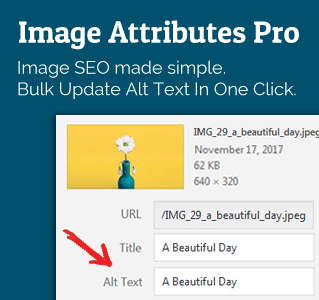In a pessimistic sense, investing is saving up for a rainy day. Some of us had rainy days last year thanks to COVID-19. It’s still raining for some others.
While only meteorologists can predict exactly when it is going to rain next, I think we all can agree that it will rain at some point in the future. It’s a question of “when”, not “if”.
In other words, emergency fund is not an option, rather a necessity.
- How will you pay your EMI’s if you loose your job tomorrow?
- Your car or bike needing an immediate repair could set you back without warning. If your fridge breaks down you either have to repair it immediately, buy a new one the same week, or find a way to avoid your wife until you get a new fridge.
- Typically how many months will it take you to find a new job? In some professions it’s quite easy to find another job especially if you are willing to take a pay cut. That might not be the case for everyone. The longer you think it will take, the bigger the fund needs to be.
- What if you fall ill and cannot work for a few months? How will you pay for your expenses? This is especially true if you are self employed with no regular salary.
- If an unexpected medical emergency creeps up and if its outside the scope of your insurance cover, what will you do? Not all medical insurance policies cover 100% of the bill.
- What if the hospital you are admitted to isn’t included in the cashless list of hospitals of your medical insurance? What if your insurance denies your cashless claim and expects you to pay upfront? This happened a lot during covid when choosing a hospital was not a luxury. Also remember, cashless is a privilege, not a right.
Think of your emergency fund as the umbrella in your backpack. I hope you never have to use it, but it’s important to be prepared.
How Big Should Your Emergency Fund Be?
This is a very subjective question and it ties closely to your risk appetite. Typical suggestion is 3-6 months of monthly income, but regardless of your risk appetite, start with at least 6 months of your current salary.
- If you are debt free, in your 20’s with no financial dependants, 6 month salary is a great start. Be aggressive until you reach the 3 month mark and then slowly build up.
- If you have EMI’s, on top of the 6 month salary, add another 6-12 month worth of EMI’s.
- If you have financial dependants, add a year worth of household expenses (kids, groceries, rent, utilities) on top of 6 month salary and 6 month EMI’s.
- Add one year worth of insurance premiums (term, medical, car) into the emergency fund.
- If you are self employed, consider adding the cost of everything you need to keep working. Laptop or phones can fail without warning.
- If your current monthly expenses make up a high percentage of your current salary, use a 2x multiplier for the math so far.
- If you are retired, then your emergency fund should be at least 3x-5x the above math. One of the goals of the emergency fund is to stop an emergency from depleting your invested corpus. Once you are retired, there is no hope of replenishing your corpus. So a bigger emergency fund is needed.
- If you live abroad, include one return ticket to your home country for your entire family. Assume that you will be booking the flight during peak season.
- Re-evaluate your emergency fund annually and add more if needed or replenish what was taken out.
Where Should You Keep Your Emergency Fund?
There is a saying that goes something like: There are two kinds of people, one who tries to maximize their returns from their emergency funds and the other who have faced an actual emergency.
You need to park your emergency fund somewhere safe and liquid. You are not looking for returns, you are looking for safety. You need to have access to your emergency fund on short notice.
- Keep it in a bank FD that can be opened and closed online. Some banks let you open FD online, but only lets you close it in a branch. Make sure that is not the case. I think this is better than simply keeping it in your SB account where the amount can be spent elsewhere easily. Liquidity is available with a few extra clicks.
- Even cash is not a bad idea for a percentage of the emergency fund. I always have some cash stashed away for emergencies.
- For most people, it is best to look no further than bank FD’s. However if your emergency fund is bigger than 6 months worth of your salary and if you want to reduce your tax burden, thinking about a debt mutual fund is an option. Many liquid funds offer instant redemption, so you have access to funds near instantly.
- If you use a debt mutual fund, make sure that not more than 25% of your total emergency fund goes into it. Debt mutual funds are inherently riskier than bank FD’s.
- Remember that you are looking for safety and not chasing returns.
- Avoid credit cards as emergency funds. If you lose your job, your repayment capacity is in question and credit card debt is not something you want on your plate.
Emergency fund exist so that you are not forced to withdraw from your invested corpus. Think of any tax or loss of potential gain by maintaining an emergency fund as an insurance for your wealth.






Leave a Reply